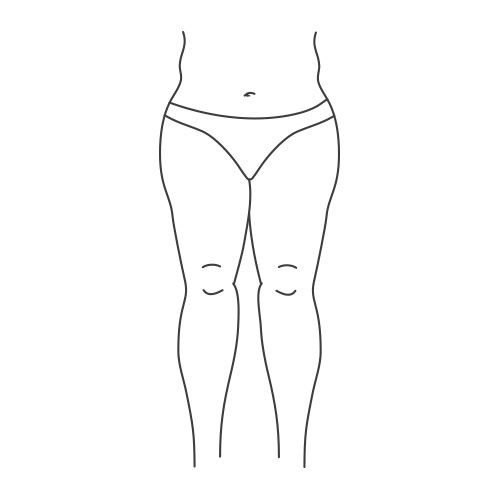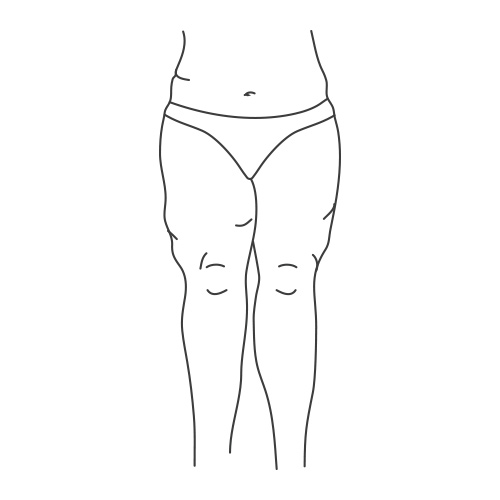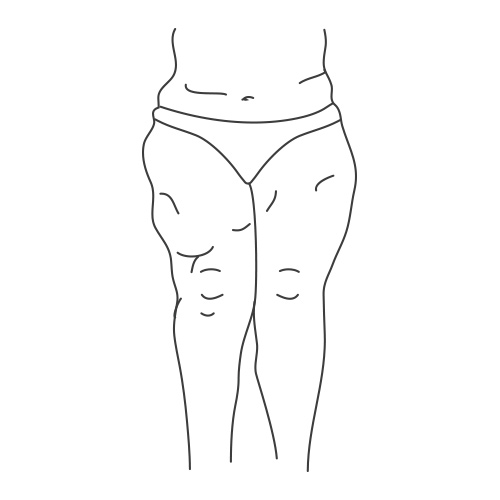Lipedema definition - What is lipedema?
Lipoedema is a chronic fat distribution disorder that mainly occurs in women - often after hormonal changes such as puberty or pregnancy. These abnormal, symmetrical fat deposits in the subcutaneous fatty tissue mainly affect the legs, in some cases also the arms, while the hands and feet are unaffected. In lipoedema, the vessels are permeable and fragile, which is why fluid leaks into the connective and supporting tissue. This is also reflected in a susceptibility to "bruising".
Lipoedema not only manifests itself visually. The visible increase in fat is accompanied by symptoms such as pain or a feeling of tension or pressure in the affected areas of the body.
A characteristic feature is that the diseased fat cells cannot be influenced by exercise or dietary measures.

Lipoedema treatment Munich - Conservative & surgical treatment
Compared to other diseases, lipoedema is still relatively unknown and is therefore often not diagnosed as such - much to the suffering of those affected.
STAGES OF LIPEDEMA
Medically, lipedema is divided into several stages:

Stage 1 of lipedema
Stage 1 is characterized by a smooth skin surface with a uniformly thickened, homogeneously impressive subcutis.

Stage 2 of lipedema
Stage 2 shows an uneven, predominantly wavy skin surface and nodular structures in the thickened subcutaneous area.

Stage 3 of lipedema
Stage 3 shows a pronounced increase in circumference with overhanging tissue (dewlap formation) on the arms and legs.


